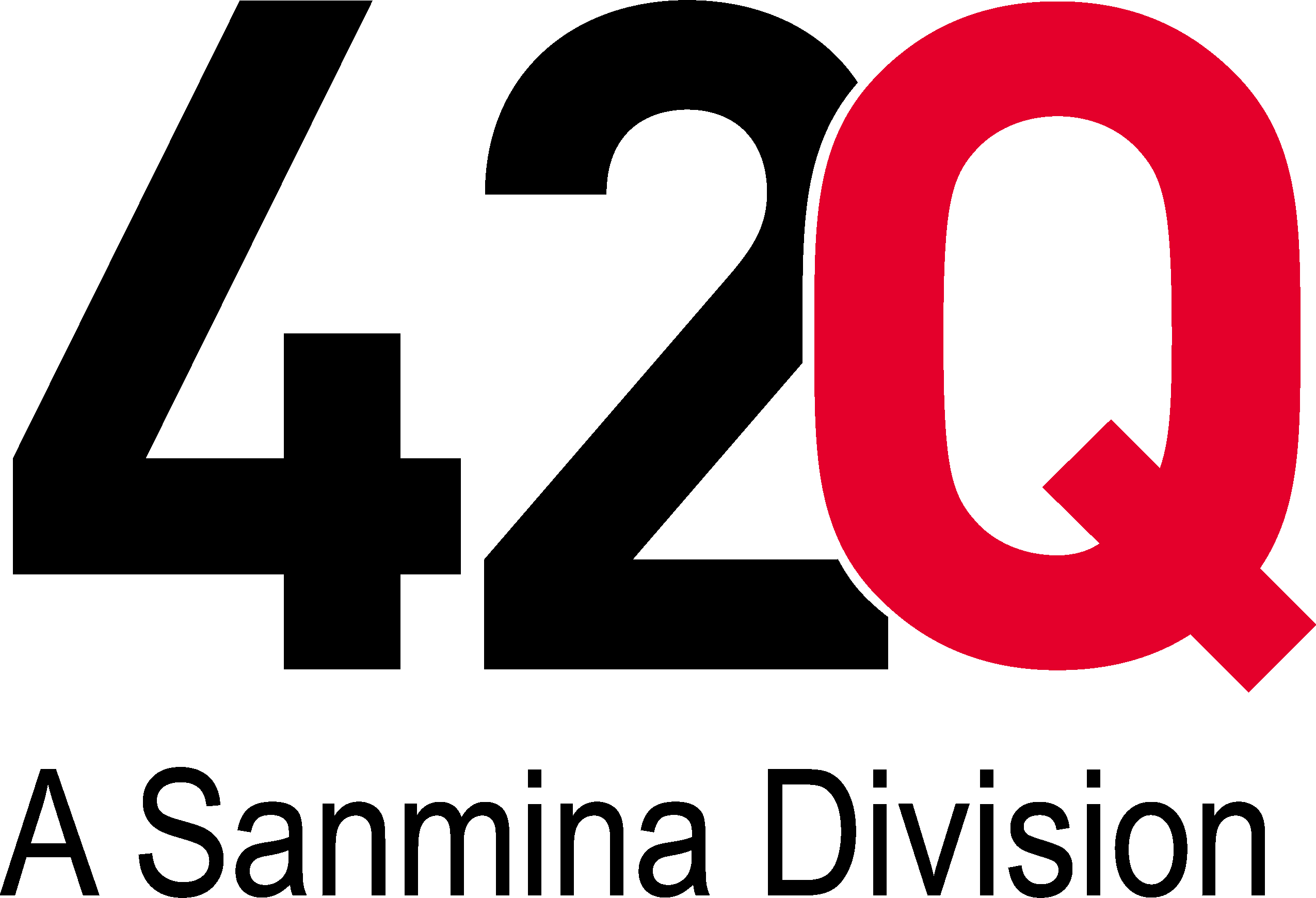How COOs Can Lead Operational Efficiency with Multi-Site MES

How COOs Can Lead Operational Efficiency with Multi-Site MES
Operational efficiency is now the clearest differentiator separating plants that scale profitably from ones that stall. Complex supply chains, rising material costs, and slimmer product launch windows have placed relentless pressure on every facility to perform at peak output without compromising traceability or compliance. A unified, cloud‑based Manufacturing Execution System (MES) that spans many locations gives operations chiefs a direct lever to reach these goals. When that platform works across factories as a single “system of execution”, you gain consistent controls, immediate insight, and faster payback on digital investments.
Why Multisite MES is Key to Operational Efficiency Across Plants
A multi-site MES breaks the cycle of each location running disconnected point solutions that cannot share data or best practices. Instead, the organization applies one data model and one rules engine, which simplifies everything from configuration to compliance audits.
Unifying these functions means production orders, material movements, and quality checks follow identical logic everywhere, so key tasks require fewer manual hand‑offs and cycle times shrink. Maintenance plans feed from the same source of truth, letting engineers compare asset performance side‑by‑side and pick the most cost‑effective upgrade path.
How Multisite MES Supports Plant‑Level Autonomy While Driving Enterprise Goals
Local teams still need freedom to meet regional regulations, customer variations, and labor constraints. A multi-site MES supplies guardrails and templates while leaving room for plant managers to adapt routing steps, station layouts, and shift patterns that reflect on‑the‑ground realities.
With shared dashboards that roll up work‑cell metrics into enterprise KPIs, corporate leadership gains immediate clarity on productivity issues without micromanaging. The result is a healthier balance between central governance and site agility, backed by audit trails that validate every design or process change requested by frontline supervisors.
Aligning Multisite MES with ERP Systems for Seamless Operations
Siloed systems mask true costs and slow response when shortages strike. A joint strategy for multi-site MES integration with enterprise resource planning (ERP) software removes those barriers and shortens cash cycles. Consistent data objects flow from planning to execution without manual re‑entry, giving you reliable supply‑chain visibility.
Real‑Time Data Synchronization
Bidirectional APIs push production status, scrap counts, and serial numbers to the ERP the moment events occur, while incoming work orders and engineering changes reach the shop floor just as quickly. Synchronization ensures inventory accuracy for materials procurement and booking revenue. Operators no longer chase expired pick lists because the MES screen always reflects the latest plan.
Hierarchical Master Data Management
An integration layer lets the enterprise publish approved bills of materials, routings, and standard times directly into every plant’s MES instance. Sites can attach local substitutes or alternate machines without rewriting the master record, preserving compliance to corporate‑level revisions. This structure simplifies product rollouts and helps COOs monitor variant costs through a single lens.
Exception Handling Across Systems
When an order stalls due to scrap or a part shortage, the MES flags the event and triggers ERP workflows such as supplier escalations or rescheduling. Automated exception queues remove guesswork and prevent extra expediting fees. Closed‑loop feedback shortens root‑cause analysis because both systems reference the same defect codes and disposition rules.
Governance and Compliance Alignment
Electronic signatures captured in the MES are passed into the ERP quality module, satisfying auditors who need complete lineage from batch to invoice. Regulatory dossiers for medical devices, aerospace, or automotive parts remain intact, and proof of control is available on demand during site inspections.
Low‑Code Interface Strategies
Modern RESTful services and low‑code adapters reduce months of custom development to weeks, allowing IT teams to connect niche ERP variants without rewriting core logic. Standard connectors lower maintenance overhead and protect system upgrade paths.
Benefits of Multi-Site MES
A rigorous multi-site MES integration plan gives finance and operations leaders the same view of constraint data, material yields, and service levels. Once transactional alignment is stable, planners can pivot schedules in hours instead of days because execution feedback is trusted. This closed loop amplifies the business case for every new factory brought online under the same architecture.
The Challenges COOs Face Without a Unified Multisite MES Strategy
Fragmented tools produce data blind spots and constant firefighting. Clear visibility disappears once each facility builds its own workaround, and cross‑plant initiatives grind to a halt. A focused multi-site MES road map eliminates these hurdles.
Data Silos Disrupt Global Scheduling
Plants using different execution logic struggle to synchronize delivery dates when an unplanned shortage hits. Production control teams resort to significant spreadsheet exchanges that invite manual errors.
Hidden Compliance Risk
Without uniform electronic records, audit evidence lives in multiple formats, and site visits expose gaps that trigger costly corrective actions. Regulatory fines also grow when serialization or traceability falls below industry expectations.
Uneven Digital Maturity
Some factories invest in modern sensors while others rely on legacy machines. Lacking a unified execution core, corporate teams cannot roll out analytics or machine learning pilots at the same cadence, delaying project returns.
Ballooning Support Costs
IT staff juggle numerous vendor contracts and upgrade calendars, making it impossible to forecast system downtime across regions. Duplicate licenses push operating expenses higher than necessary.
Limited Talent Mobility
Engineers trained on one plant’s bespoke system need fresh onboarding elsewhere, slowing workforce redeployment during new‑product introduction surges.
Central governance mitigates these risks by giving every location the same functional baseline and integration handshake. A shared architecture slashes compliance effort, compresses support budgets, and unlocks data‑driven planning across the entire manufacturing network.
How 42Q Can Support COOs in Deploying Multisite MES at Scale
42Q applies more than three decades of manufacturing know-how to fast‑track cloud MES across global operations. The multi‑tenant platform arrives with route enforcement, serialization, defect management, and asset monitoring already configured, so plants start recording reliable production data within weeks. Deep ERP and equipment connectors keep templates intact as capacity expands, which protects standardization while granting each engineer intuitive configuration tools for local variations.
Subscription pricing based on actual usage aligns spending with output. AWS GovCloud hosting meets strict security mandates for aerospace, defense, and medical devices. A 90‑day Digital Factory Xcelerator delivers proof of value quickly, letting executives measure yield gains and cost reductions in the same quarter. The result is a practical roadmap to scale digital execution confidently across every facility, backed by 42Q’s manufacturing heritage and cloud expertise.
Key Takeaways
- A multi-site MES supplies one execution core that powers consistent, repeatable processes across every factory.
- Tight multi-site MES integration with ERP software shares real‑time data, which accelerates scheduling pivots and strengthens cost control.
- Focused metrics such as first‑pass yield and integration latency keep a multi-site MES rollout on track and within budget.
- A unified platform brings measurable benefits of multi-site MES like shorter root‑cause analysis cycles and reduced IT overhead.
- 42Q combines cloud technology and manufacturing depth to help COOs deploy multi‑site execution quickly and realize payback within the same fiscal year.
FAQs
Shared routings and digital work instructions carry validated steps to every factory instantly, which removes redundant engineering effort and trial builds. Real‑time feedback loops alert planners to constraint risks sooner, so tooling, staff, and materials arrive only when required. You gain quicker certification sign‑offs because compliance artifacts match corporate templates. Lumenalta helps quantify these time savings and positions your team to recover investment through faster revenue booking.
Critical touchpoints include work‑order release, material consumption, non‑conformance reporting, and inventory reconciliation. Seamless synchronization keeps quantity on hand accurate for procurement and financial close, while quality data flows give supply‑chain teams immediate insight into vendor performance. A loosely coupled architecture with standard APIs protects system upgrades and lowers middleware costs. Lumenalta guides interface design that aligns technical depth with business priorities for a smoother rollout.
Early indicators include operator login‑to‑first‑build cycle time, first‑pass yield uplift, and support ticket closure rates. Tracking these metrics proves that staff have adopted the new system, quality is improving, and technical stability meets production targets. Linking cloud resource costs to good units produced confirms favorable economic impact. Lumenalta structures scorecards so executives can validate ROI milestones with confidence.
Templates give every site a consistent baseline, yet parameterization tools let local managers adjust routing sequences, takt times, and shift patterns without coding. Real‑time dashboards still roll up to enterprise‑level KPIs, providing headquarters a complete view without dictating day‑to‑day tactics. This balance maintains operational creativity while preserving standardization gains. Lumenalta supports change‑management planning to smooth adoption at both levels.
Siloed systems obscure production blockers and make it harder to reallocate capacity when demand spikes. Each factory maintains its own data model, raising support costs and complicating analytics. Disparate records also hinder compliance audits because traceability must be reconciled across formats. Lumenalta’s advisory services map these risks and outline phased consolidation steps that safeguard production continuity.
